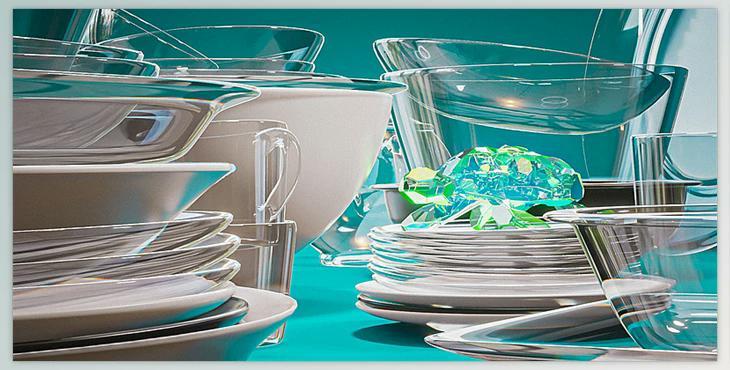The reason that most glass does not render properly in Eevee is that it isn't able to deal with multiple layers of reflection. The only visible part of the glass will be the front faces, and all other objects refractive that are behind it will remain invisible.
It's true that the CGC Eevee Glass shader doesn't solve the problem however it can cleverly hide the issue by providing greater control over what parts that are reflective or transparent. This results in glass that's more convincing!
Utilizing CGC Eevee Glass Shader CGC Eevee Glass shader, you are able to:
- Alter the colors of the glass but without altering its reflections' color.
- Tint the reflections, if you wish.
- Increase or decrease the intensity of reflections
- The color and the strength of volume absorption that is faked
- Blend transparency and refraction to create the most effective of both effects
- Include refraction only to areas around ( my favorite feature)
- Determine how much the glass should reflect
- Disperse the mixture.
- Adjust the transparency of the shadow's opacity.
To access use the CGC Eevee Glass Shader
- Append the shader to your scene by going to File / Append, navigating to the CGC_Eevee-glass.blend file, choosing 'NodeTree', and then selecting 'CGC Eevee Glass'.
- The Shader Editor allows you to you can add the node using Add / Group / CGC Eevee Glass
- Check that both the Blend Mode as well as the Shadow Mode for the material are set to Alpha Hashed
- Check you turn Backface Culling disabled and that the Refraction Depth has been set to zero.
- Make sure that Refraction is enabled in both the material settings as well as in the properties of rendering in the section called Screen Space Reflections
